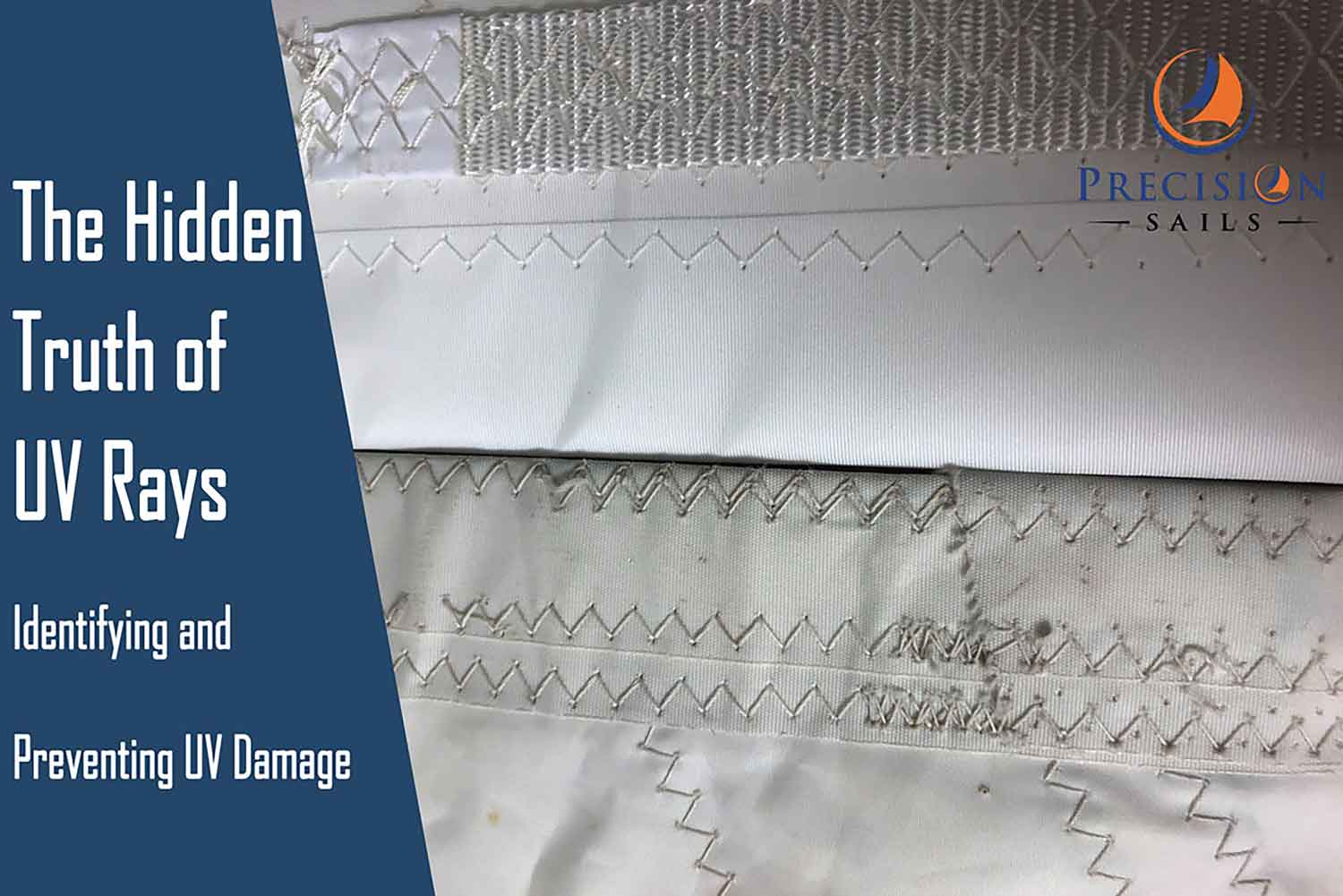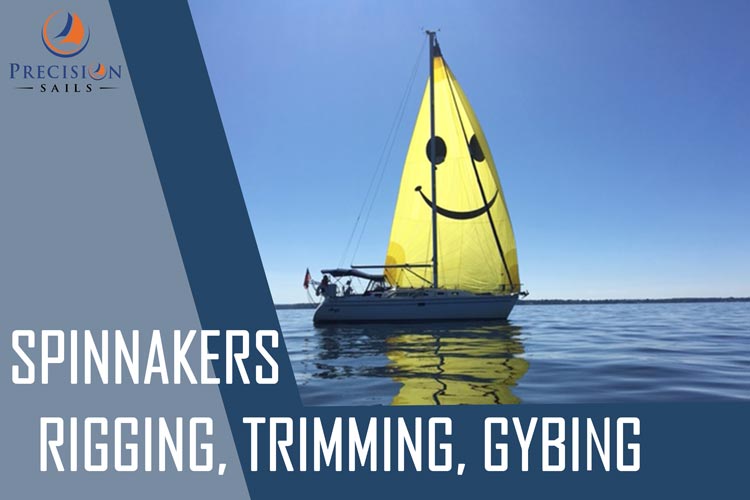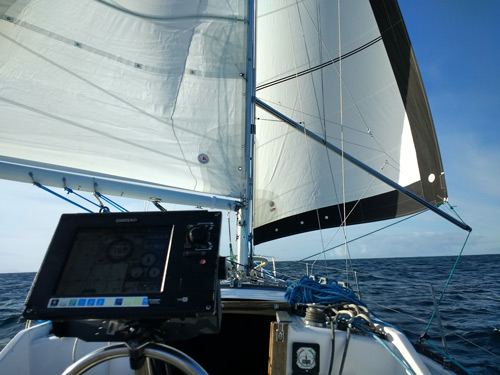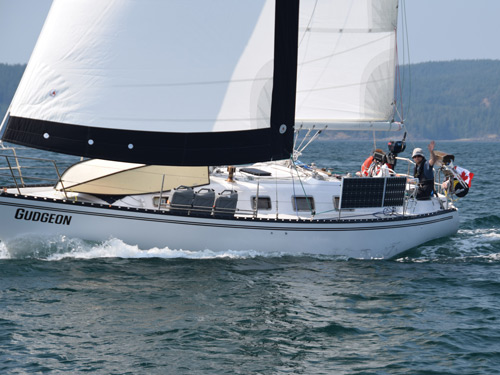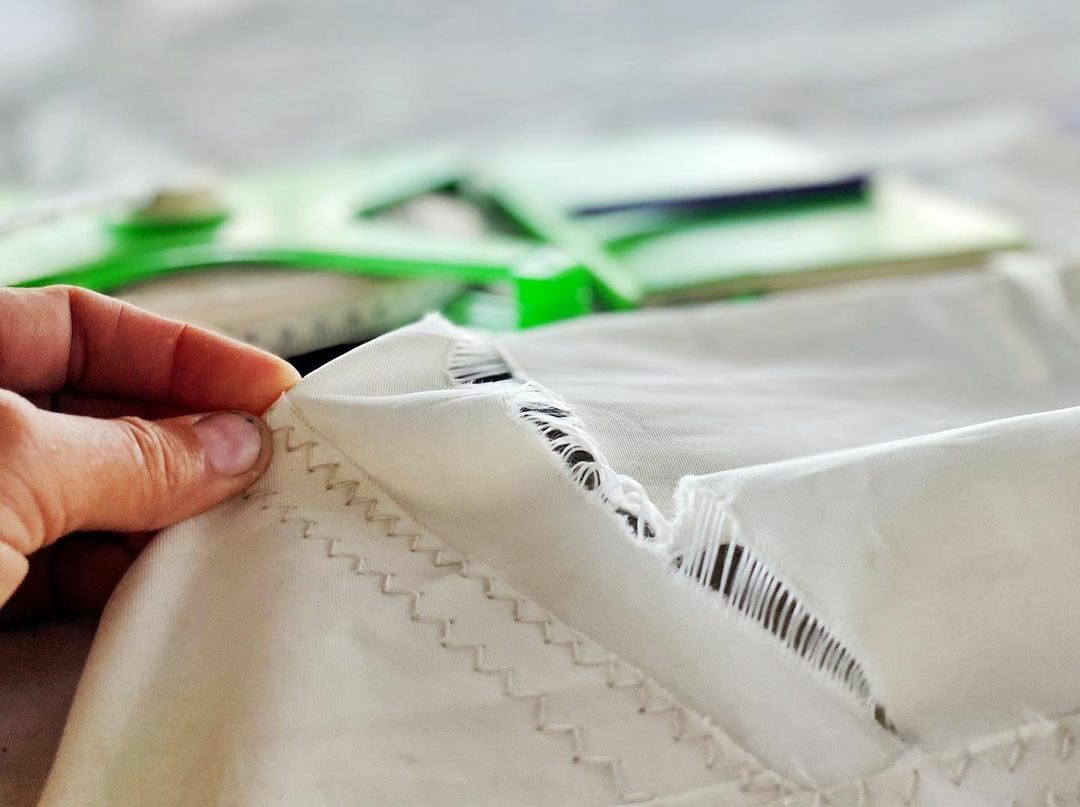There is an old saying that B.O.A.T. is an acronym for “bring on another thousand”. Unfortunately there is some truth in this as sailboats require continuous maintenance and upgrades. This includes the eventual challenge of deciding between having to be content with your old, worn out sails or replacing them with new sails. Whether your sails are old and ragged or new and bright, here are a few things you can do in order to prolong the lifespan of your sails and maximize their performance.
Read More about Maintaining Your Sails and Increasing Their Lifespan
This blog reviews what you’ll need to know to take the measurements from your existing mainsail and headsail and your tack set-back / set-up. This is best done with two people as it makes the process easier and faster and produces better measurements. Step by step instructions how to complete the measuring process and the tools needed.
Read More about How to Measure your Existing Sail
Is your sail needing an instant upgrade with new sail numbers, insignias, or draft stripes? Insignia cloth can be made from polyester or Dacron and is dyed solid colors with an adhesive backing. This means that time and ultra-violet rays aren’t always kind and sometimes it is beneficial to replace your old graphics with vibrant new cloth. This blog provides how-to instructions for the removal and installation of your old sail numbers and insignias.
Read More about How to Remove and Install New Sail Numbers and Insignia
Looking for a new sail, you’ve probably come across the terms crosscut and tri-radial. These are the two most common configurations of panel construction in sails. This blog explores the differences between these two sail patterns, why fibers are important, and the differences between sailcloth types. Learn all you need to know to decide which sail is the best for your boat.
Read More about Crosscut and Tri-Radial Sails
Ultraviolet rays are the silent killer of sails, there is no way to avoid it but you can prevent it. UV damage doesn’t just happen in a day, in fact it can take years to cause any sort of damage. But knowing what to look for and creating good habits will definitely increase the functional life of your sails. Learn how to identify what UV damage looks like, how to repair it and when to replace your sails.
Read More about The Hidden Truth of UV Rays
A spinnaker is downwind sail set at the bow which billows when it catches the wind. Lightweight and custom made for the wind range you plan to sail in. All of our spinnakers are radial designed and stitched together expertly to prolong their life.
Read More about Spinnakers: Rigging, Trimming, Gybing
Jibs and Genoas are triangular sails which are affixed to a stay in front of the mast. Typically they run from the head of the foremast to the bowsprit. Jibs and genoa’s are used in tandem with a mainsail to stabilize the vessel and are usually measured by their Luff Perpendicular percentage.
Read More about Jibs vs Genoas
Reefing is meant to increase your ease-of-use, flatten sail shape, reduce sail area, and re-position the boat’s center of effort. This reduces heeling and de-powers your sails to improve safety and stability in rough weather. Reefing is an important part of sailing to learn and understand how to do efficiently and effectively.
Read More about Reefing 101: How to reef a mainsail and when to do it
When we purchased our J 40 she came with several Dacron sails in ‘good’ condition. After a few months of racing it was apparent we had exceeded both their performance and life expectancy. My wife and I contacted several local, commonly known sailmakers who were unresponsive or very non-customer service focused
Read More about Racing my J40 with Precision Sails
I got my sailboat, Gudgeon, on a whim. I’d heard you could live on a sailboat and so I bought the first one I set foot on, a rather tired Cherubini designed Hunter 36. Built in 1980, she was older than I was and though kinda overbuilt as was common for the era.
Read More about My Experience with Precision Sails – Three years later
Checking the condition of your sails is a major component of regular maintenance. It can prevent small issues from becoming larger disasters in the future. And when purchasing a boat can inform you about the upkeep and age of the sails from the prior owner. Unfortunately, it is probably one of the more mundane tasks.
Read More about Sail Maintenance: Checking the Condition of Sails
